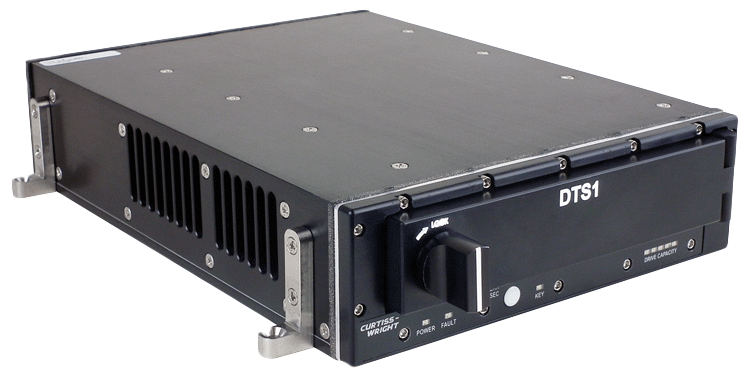
Authored by John Keller, Editor of Military & Aerospace Electronics
It's not enough to have rugged data storage with massive capacities and solid-state storage technology; today they also must offer multi-level data encryption and quick erase.
The rugged data storage business today is just as much about information security as it is about the actual storage media.
It's a given that mission-critical aerospace and defense applications must store data on rugged and reliable disks and drives, yet today's attention to cyber security also demands that data be reliably secure once it's stored.
This confronts aerospace and defense electronics systems designers with a doubly difficult challenge for the future, because the military's appetite for data never stops. Today we're talking about rugged data storage systems able to hold terabytes of information, and a growing amount of it has to be secured.
In the recent past, systems designers used to talk about the need for megabytes and gigabytes of data storage capacity. Today we talk about terabytes, and soon petabytes, exabytes, and even zettabytes may enter the conversation. The continuing explosion of sensors, intelligence-gathering platforms, and real-time tactical networking all will keep the pressure on military data storage technologies.

Data storage media
Where years past saw a relatively even distribution in solid-state data storage and rotating magnetic media, the past two to five years have seen trends toward solid state. Today almost all aerospace and defense data storage for deployed applications have moved to solid-state memory.
"For us, we are focused on deployed applications, so it is really solid-state drives for us now," says Paul Davis, director of product management at the Curtiss-Wright Corp. Defense Solutions Division in Ashburn, Va. "With solid-state costs coming down so much, we can get multi-level cell technology that supports wide temperature ranges," Davis says. "There hasn't been applications where we can't use them."
Although rotating magnetic storage media may have its niches, it's largely disappearing in deployed military applications. "Most of our applications involve removable storage to take back to a ground station," Davis says. "You need to remove and carry those drives, and even the transport of rotating drives could get high levels of shock. Solid-state drives are more reliable."
Read the full article on Military & Aerospace Electronics